SSIS 2008. Very simple task. I want to retrieve a System Variable and use it in an SQL INSERT. I want to retrieve the value of System:MachineName and use it in an insert statement.
Using the statement INSERT INTO MYLOG (COL1) SELECT @[System::MachineName] gives the error Error: ..failed to parse. Must declare the scalar variable "@"
Using the statements SELECT @System::MachineName or SELECT @@[System::MachineName] gives the error 'Error Incorrect systax near '::'
I am not trying to pass a parameter to the query. I have searched for a day already but couldn't find how to do this one simple thing!




